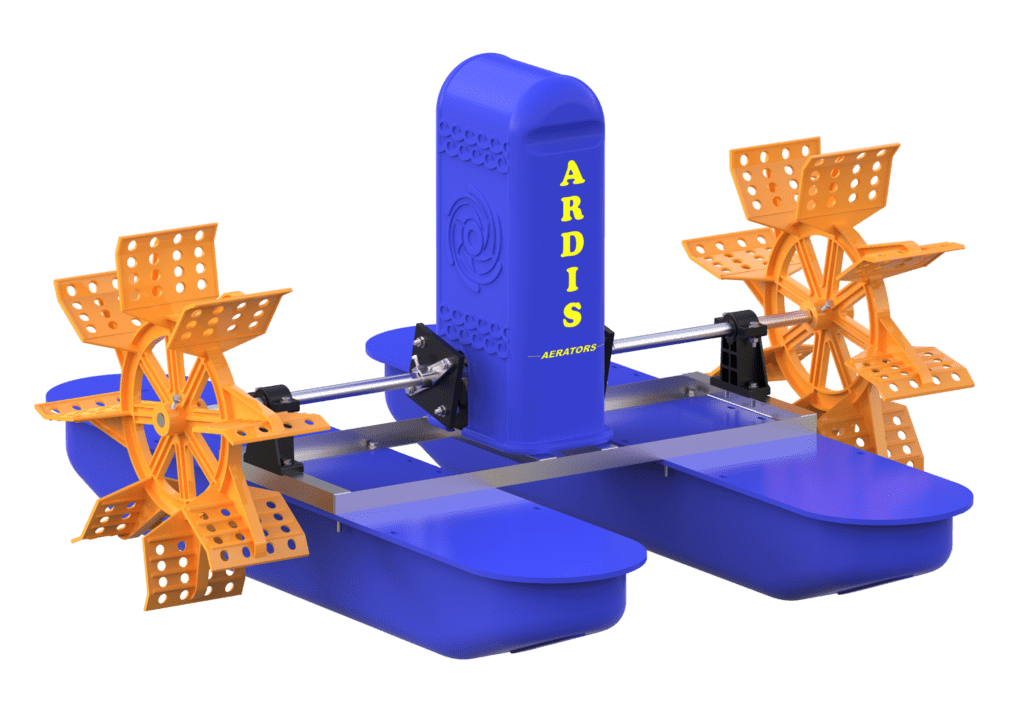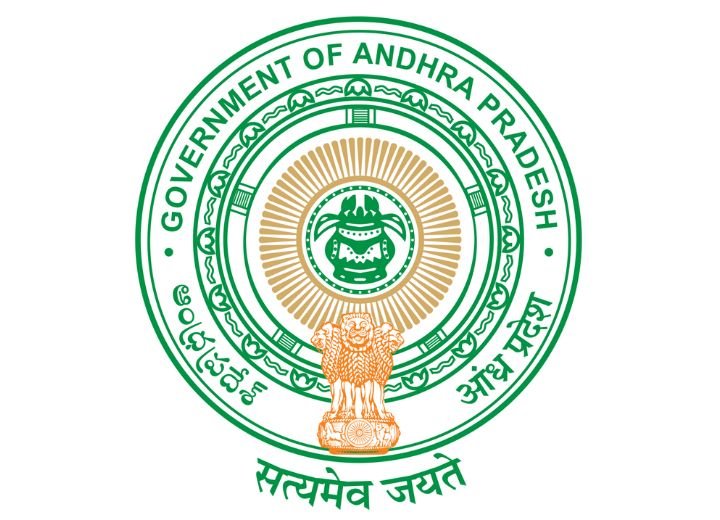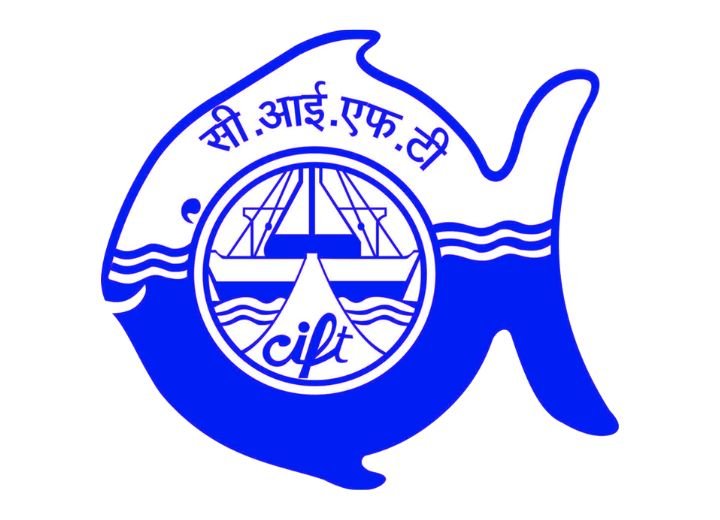Aerators for Fish Farming
Aerators for Fish Farming
Aerators for Fish Farming : Enhancing Aquaculture Efficiency
Aquaculture, or fish farming, has gained immense popularity in recent decades, driven by the increasing global demand for seafood. With the world’s population expected to reach 9.7 billion by 2050, fish farming is poised to play a crucial role in meeting dietary needs. One of the most significant advancements in this field is the use of aerators, which have revolutionized fish farming by improving water quality, increasing fish yields, and enhancing overall farm productivity.
Understanding Aeration
Aeration is the process of increasing the oxygen saturation within water bodies. In aquaculture, oxygen is essential for fish survival and growth, as it facilitates respiration and metabolic processes. Fish farming systems, whether freshwater or saltwater, can suffer from low oxygen levels, especially in densely stocked environments. This can lead to stress, reduced growth rates, and higher mortality rates among fish.
Aerators improve oxygen levels by agitating the water, allowing for better gas exchange between the water and the atmosphere. They can also promote water circulation, which helps distribute nutrients and remove waste products generated by the fish and uneaten feed.
Types of Aerators
There are several types of aerators used in fish farming, each suited to different operational needs:
1. Surface Aerators: These are the most common type and typically consist of rotating paddles that splash water into the air, enhancing oxygen absorption. They are effective in shallow ponds and can cover large surface areas, making them ideal for extensive farming systems.
2. Diffused Aerators: These systems use air blowers to inject air through a network of submerged diffusers, releasing small bubbles that rise through the water column. This method is effective for deeper ponds and can significantly improve oxygen levels without disturbing the water surface much.
3. Mechanical Aerators: These devices employ mechanical means, such as pumps or propellers, to mix water and increase oxygen exchange. They are versatile and can be used in various aquaculture setups, including tanks and raceways.
4. Fountain Aerators: Often used for aesthetic purposes and practical oxygenation, these create a visually appealing fountain while oxygenating the water. They are more common in decorative ponds but can be effective in smaller fish farming operations.
Benefits of Using Aerators in Fish Farming
The integration of aerators in aquaculture brings numerous benefits that are critical to maximizing productivity:
1. Improved Water Quality: By increasing oxygen levels and promoting circulation, aerators help maintain optimal water conditions. This prevents the buildup of harmful substances like ammonia and nitrites, which can otherwise adversely affect fish health.
2. Enhanced Growth Rates: Higher oxygen levels lead to better fish metabolism, resulting in faster growth rates and improved feed conversion ratios. This efficiency is crucial for farmers looking to maximize their return on investment.
3. Stress Reduction: Adequate oxygen and improved water quality significantly reduce stress on fish, leading to lower mortality rates and better overall health. Healthy fish are more resilient to diseases, which can significantly reduce the need for antibiotics and other treatments.
4. Higher Stocking Densities: With effective aeration, farmers can stock fish at higher densities without compromising their health. This can lead to increased production levels and better economic returns.
5. Sustainability: By optimizing resource use and reducing waste, aeration allows fish farming operations to become more sustainable. Well-managed systems with adequate aeration can contribute to sustainable seafood production, reducing pressure on wild fish stocks.
Conclusion
As fish farming continues to expand globally, the role of aerators will remain paramount in advancing aquaculture practices. With their ability to enhance oxygen levels, improve water quality, and boost fish health and growth, aerators represent a significant technological innovation in fish farming. Adopting effective aeration strategies will be essential for aquaculture to meet future demands sustainably and efficiently. This makes them not only a tool for improving farm productivity but also a vital component in the pursuit of sustainable food systems.
Related Links:
2hp Aerator Price



Our Clients

















